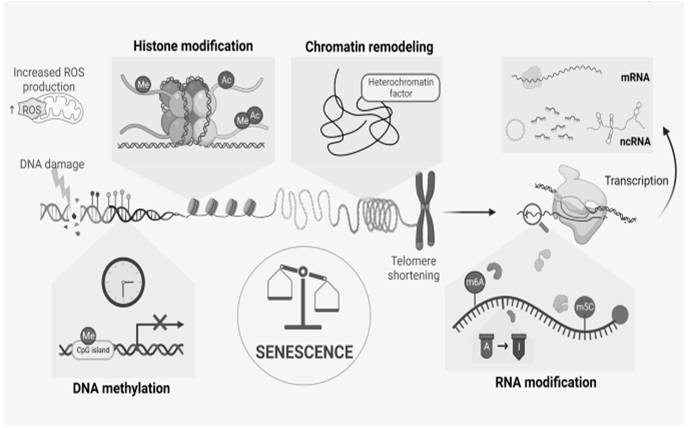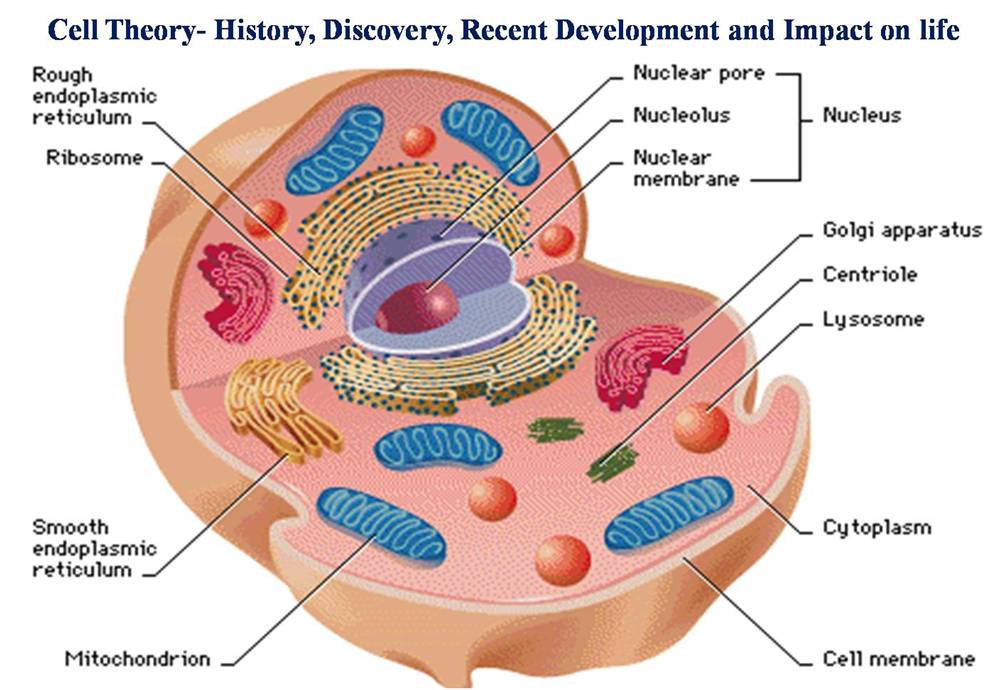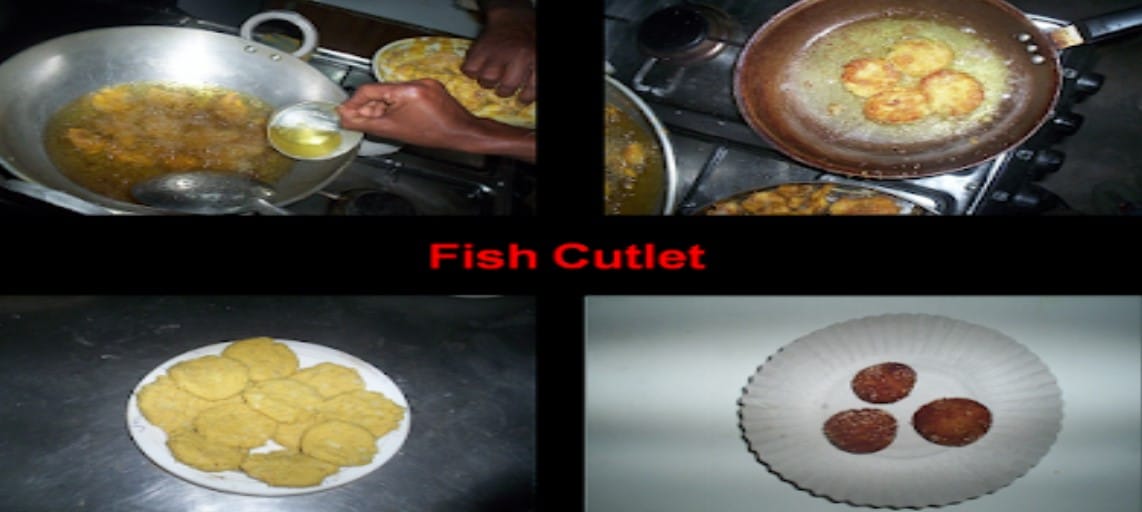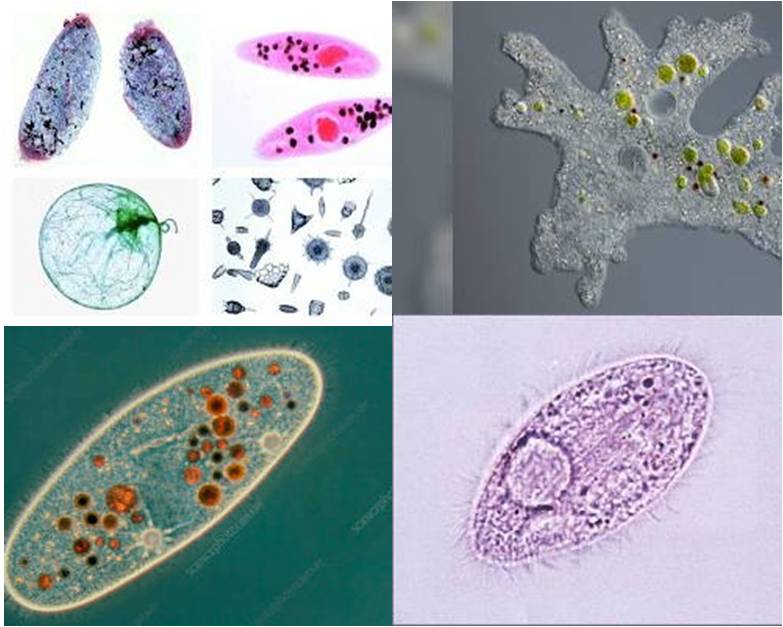Phylum Echinodermata: The General Characters and Classification upto Classes level of Echinoderms are enterocoeouls coelomates, radial symmetry, calccareous endoskeleton and unique features of water vascular system, star like appereance and body is spherical, elongated. The phylum Echinodermata is characterized by a hard, spiny covering or skin
Phylum Echinodermata- General Characteristics of Echinoderms:
- Echinoderms are a phylum of marine animals
- They occur in seas from the intertidal zone to great depths
- Body is triploblastic, with distinct oral and aboral surfaces without head and segmentation
- Body shape rounded to cylindrical or stars like with simple arms
- Alimentary canal is usually coiled tube extending from the mouth on the oral view and anus on the aboral
view. - Nervous system is primitive with gangalionated nerve cords.
- Respiration occurs through the gills, genital bursae, papulae etc.
- sense organs are poorly developed
- Radial Symmetry: Echinodermata display pentaradial symmetry, meaning their bodies can be divided into five similar parts radiating from a central axis. This symmetry is apparent in adult echinoderms, although their larvae often exhibit bilateral symmetry.
- Endoskeleton: Echinoderms possess an internal skeleton composed of calcareous plates or ossicles. These plates are covered by a thin layer of skin or connective tissue.
- Water Vascular System: Echinoderms have a unique water vascular system, as described earlier. This system is used for locomotion, feeding, respiration, and sensory perception through tube feet.
- Tube Feet: Tube feet are small, fluid-filled structures that extend externally from the body of echinoderms. They are used for locomotion, attachment, and capturing prey.
- Water Vascular System: Echinoderms possess a specialized system known as the water vascular system, which allows for locomotion, respiration, and feeding. It consists of canals, tube feet, and other structures.
- Regenerative Abilities: Echinodermata have impressive regenerative capabilities, allowing them to regenerate lost body parts such as arms or even entire individuals from fragments.
- Lack of Excretory Organs: Echinoderms lack specialized excretory organs like kidneys. Waste elimination primarily occurs through diffusion or through specialized cells in the coelomic cavity.
- Unique Feeding Mechanisms: Different echinoderm groups employ various feeding mechanisms. Some are filter feeders, while others are herbivores, carnivores, scavengers, or detritivores.
- Echinoderms are multicoloured such as reds, purples, oranges, greens. Many tropical species are dark brown to black, but lighter colours, particularly yellows, are common among species not normally exposed to strong sunlight.

Classification of Echinodermata:
- Class Asteroidea (Starfish): Starfish are characterized by their star-shaped body, usually with five arms. They are predators or scavengers and possess suckered tube feet.
- Class Ophiuroidea (Brittle Stars): Brittle stars have a distinct central disk from which long, flexible arms radiate. They have relatively smaller tube feet and are typically faster-moving compared to starfish.
- Class Echinoidea (Sea Urchins and Sand Dollars): Sea urchins and sand dollars have a spherical or disk-shaped body covered with spines. They lack arms but possess movable spines and tube feet.
- Class Holothuroidea (Sea Cucumbers): Sea cucumbers have elongated bodies resembling cucumbers. They possess a reduced endoskeleton and are characterized by their leathery skin and tentacle-like tube feet. Class Crinoidea (Sea Lilies and Feather Stars): Sea lilies are sessile filter feeders attached to the substrate, while feather stars are mobile and use their numerous branched arms for suspension feeding.
- Class Concentricycloidea (Sea Daisies): Sea daisies are a recently discovered and relatively rare class of echinoderms. They have a disk-shaped body covered with thin, overlapping plates.
- Class Helicoplacoidea (Sea Pigs): Sea pigs are deep-sea dwellers with a plump, sausage-shaped body. They have tube feet modified for crawling on the seafloor.
These are the main classes within the phylum Echinodermata. Each class includes various species with diverse morphological adaptations, habitats, and ecological roles.





